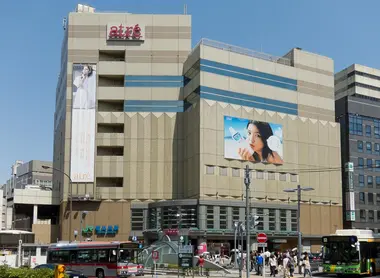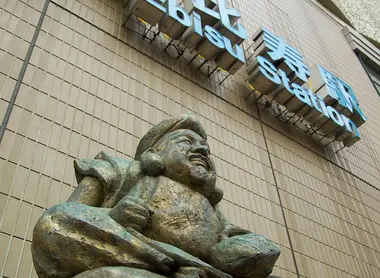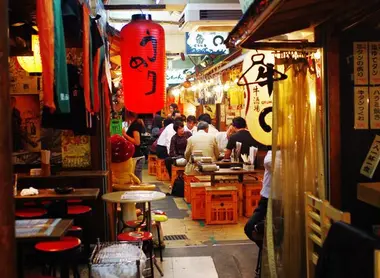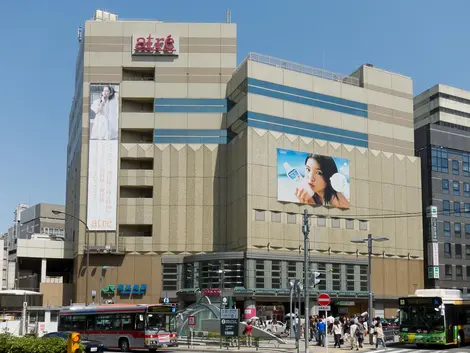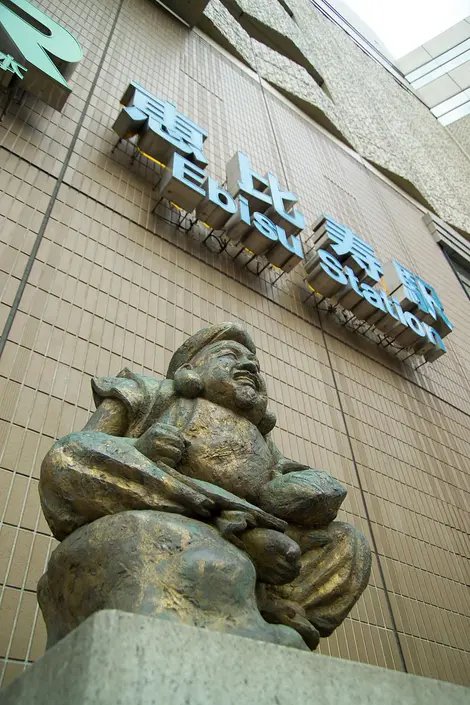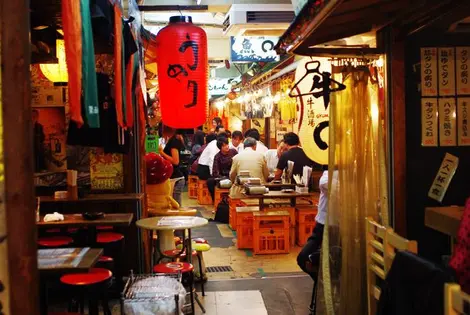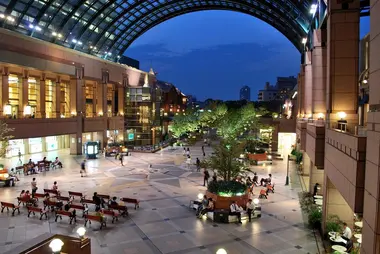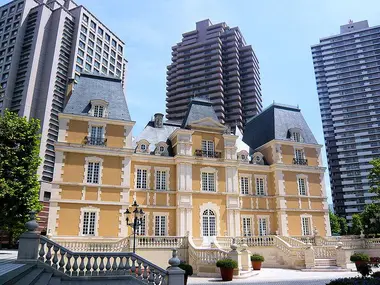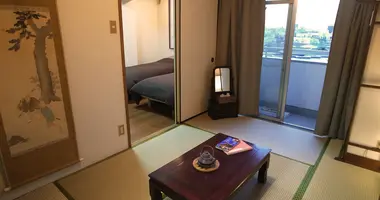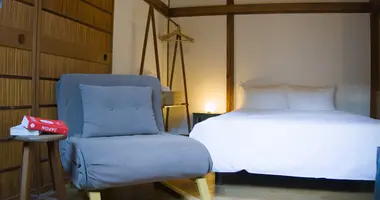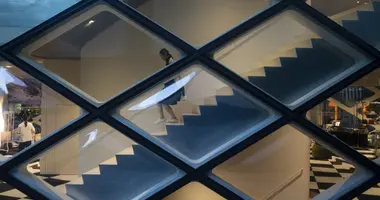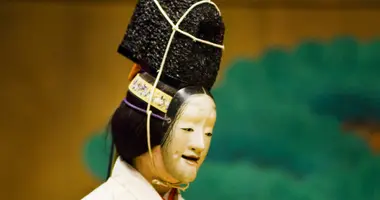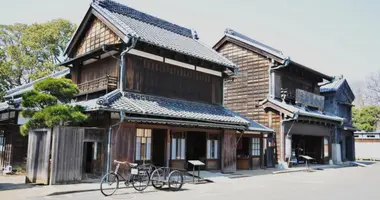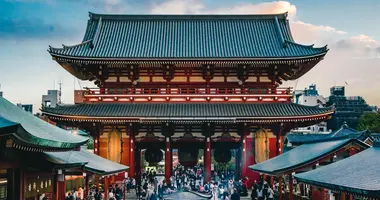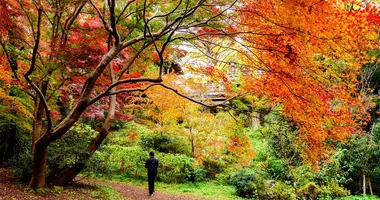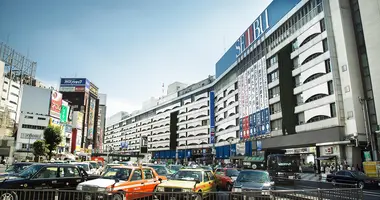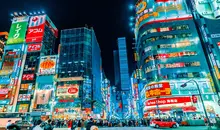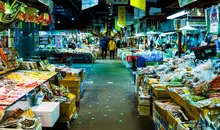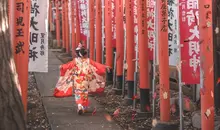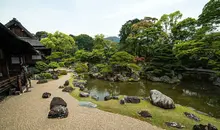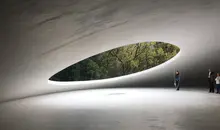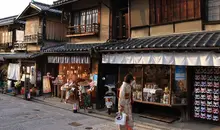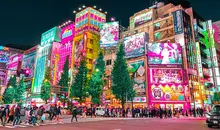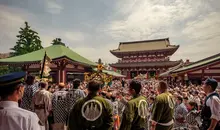Ebisu station
- Published on : 15/03/2024
- by : I.D.O.
- Youtube
Located in Tokyo's Shibuya district, Ebisu station (恵比寿駅, Ebisu-eki) is a veritable crossroads of history, culture and modernity. Inaugurated in 1901 as a freight station, it takes its name from the famous Yebisu brewery that stood nearby. Over the years, it has evolved into a major transportation hub, serving several important lines in Tokyo's rail network. The gateway to a dynamic, trendy district, Ebisu station is now much more than just a transit station: it's the beating heart of a constantly evolving neighborhood.
History and significance of Ebisu station
The history of Ebisu station is closely linked to that of the Yebisu brewery. Opened in 1901 as a freight station, it was mainly used to transport beer produced by the nearby brewery. In 1909, it was connected to the JR Yamanote line, marking the beginning of its importance in Tokyo's transportation network.
Sadly, the station was completely destroyed by fire during a bombing raid in the Second World War. However, like a phoenix rising from the ashes, it was rebuilt and continued to grow. In 1964, the Hibiya Line subway station opened opposite JR Station, further reinforcing its strategic importance.
Over the years, Ebisu station has continued to expand and modernize. In 1995, it was connected to the Saikyô line, then in 2001 to the Shônan-Shinjuku line. Today, it has become a major transportation hub, serving several JR lines and a subway line, facilitating the travel of thousands of passengers every day.
Infrastructure and lines served
Ebisu station is a multi-level structure, perfectly illustrating Japanese architectural ingenuity. It is located on the first floor of a seven-storey building housing the Atre Ebisu shopping mall, offering passengers an integrated transport and shopping experience.
The station serves several major lines:
- JR Yamanote Line: Tokyo's famous circular line, linking the city's main business centers
- JR Saikyô Line: linking Ōsaki to Kawagoe
- JR Shônan-Shinjuku line: Ōmiya to Odawara
- Hibiya subway line: Naka-Meguro to Kita-Senju
The station has two main platforms serving four tracks for JR lines, while the Hibiya subway station is just opposite the west exit. This configuration enables smooth connections between the various lines, making it easy for users to get around.
Services and amenities for passengers
Ebisu station offers a wide range of services and amenities to meet passengers' needs. The first floor features ticket offices, toilets, stores and luggage lockers. The third floor also offers additional toilets, stores and lockers, as well as a vestibule giving access to Ebisu Garden Place.
An interesting feature of Ebisu station is its own train departure melody, known as the "Third Man Theme" or "Ebisu Theme". This melody, formerly used in advertisements for Yebisu beer, adds a touch of originality to the passenger experience.
To facilitate passenger orientation, the station has two main entrances: East and West. At the east exit, travelers are greeted by a smiling statue of Ebisu, the god of prosperity, which has become a popular meeting point.
Ebisu district: attractions and points of interest
The Ebisu district, accessible from the station, is an attractive blend of modernity and tradition. One of the main attractions is Ebisu Yokocho, a lively alley just a 2-minute walk from the station's east exit. This alley is packed with tavernas and food stalls offering a variety of Japanese dishes at affordable prices.
Another major point of interest is the Yebisu Garden Place, a modern complex built on the former site of the Yebisu brewery. Accessible from the station via the Sky Walker, a long covered conveyor belt, this complex houses luxury boutiques, high-end restaurants, a cinema and green spaces. It is also home to the famous three-star restaurant "Le Château de Joël Robuchon".
For lovers of history and beer, the Yebisu Beer Museum offers a fascinating insight into the history of this beverage in Japan. Located a 10-minute walk from the station's west exit, this museum offers free tours and a tasting room for a fee.
Gastronomy and nightlife around the station
The Ebisu district is renowned for its vibrant gastronomic scene and lively nightlife. Culinary options range from traditional izakayas to gourmet restaurants. Ebisu Yokocho is particularly popular for its concentration of small bars and restaurants offering an authentic, friendly atmosphere.
For a more upscale experience, Yebisu Garden Place offers a number of fine restaurants, including the famous "Le Château de Joël Robuchon". Beer lovers can head to the Beer Station Yebisu, where they can sample seven different varieties of the famous local brew.
Nightlife in Ebisu is less frenetic than in neighboring districts such as Shibuya, but offers a more relaxed and sophisticated atmosphere. Numerous trendy bars and elegant lounges dot the area, attracting both local and international clientele.
Culture and museums nearby
Ebisu is not only a gastronomic and entertainment center, it's also an important cultural hub. The Tokyo Metropolitan Museum of Photography, located in Yebisu Garden Place, is a must-see for art lovers. With four floors dedicated to photography, it presents permanent and temporary exhibitions by contemporary Japanese and international photographers.
A ten-minute walk from the station's east exit is the Yamatane Art Museum. Housed in a modern building, this museum boasts an impressive collection of almost 1,800 nihonga, traditional Japanese paintings. It's an excellent opportunity to discover modern and contemporary Japanese art.
For those interested in Franco-Japanese cultural exchanges, the Maison Franco-Japonaise (MFJ) is a must. Founded in 1924, it regularly organizes conferences and exhibitions, contributing to the development of cultural and scientific exchanges between France and Japan.
Ebisu Garden Place: the heart of the district
Ebisu Garden Place is undoubtedly the beating heart of the Ebisu district. This multifunctional complex, built on the site of the former Yebisu brewery, is a veritable "city within a city", harmoniously blending commercial, cultural and leisure spaces.
The complex is home to the Mitsukoshi department store, offering an upscale shopping experience. There are also many fine restaurants, including the famous "Le Château de Joël Robuchon", a Michelin three-star restaurant.
Ebisu Garden Place is also famous for its spectacular Christmas illuminations, which attract large numbers of visitors every year. The Yebisu Garden Place tower, which dominates the complex, offers a panoramic view of Tokyo from its 38th-floor observatory.
Easily accessible from Ebisu station by Sky Walker, a long covered conveyor belt, Ebisu Garden Place is a perfect example of Tokyo's ability to reinvent its urban spaces, transforming a former industrial zone into a modern, dynamic and attractive district.
In conclusion, Ebisu Station and its surrounding district offer a perfect balance between tradition and modernity, making this area one of Tokyo's most attractive. Whether you're interested in history, gastronomy, culture or simply looking for a unique urban ambience, Ebisu has something to offer every visitor.
